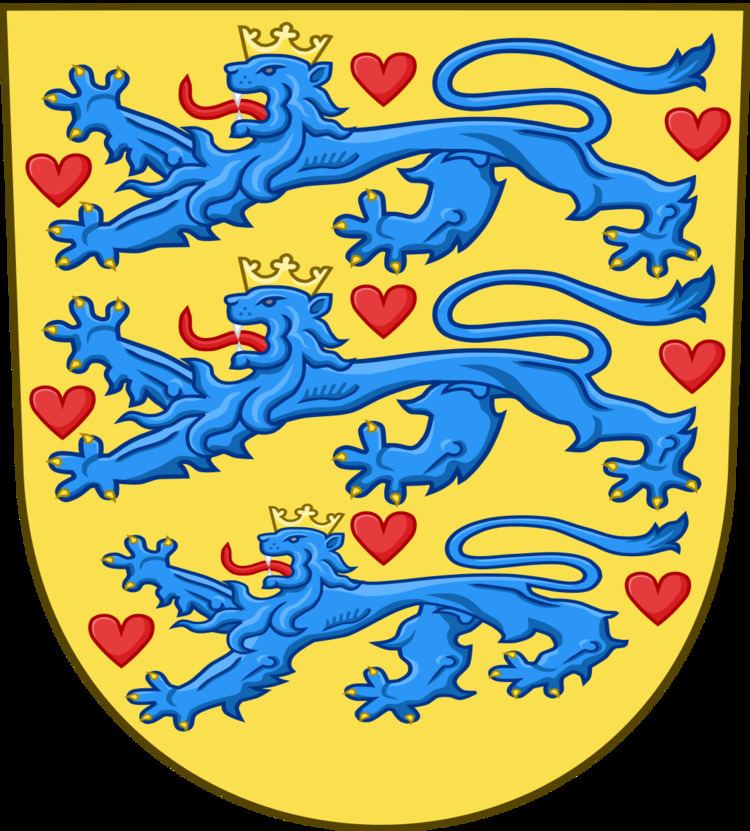Name Ingeborg Denmark, Religion Roman Catholicism | Siblings Margaret I of Denmark | |
 | ||
Born 1 April 1347Sonderborg Castle ( 1347-04-01 ) Issue Euphemia, Princess of Mecklenburg-WerleAlbert IV, Duke of MecklenburgMaria, Duchess of PomeraniaIngeborg, Abbess of Ribnitz Died June 16, 1370, Mecklenburg Children Albert IV, Duke of Mecklenburg Parents Helvig of Schleswig, Valdemar IV of Denmark Similar People Margaret I of Denmark, Valdemar IV of Denmark, Olaf II of Denmark, Christopher II of Denmark, Sweyn II of Denmark | ||
Ingeborg of Denmark (Danish: Ingeborg Valdemarsdatter) (1 April 1347–16 June 1370) was the eldest daughter of Valdemar IV of Denmark and his wife Helvig of Schleswig. By marriage she was Duchess of Mecklenburg-Schwerin, although she died before her husband succeeded her father-in-law. She was potential heiress to the Danish throne and was the older sister of Margaret I of Denmark.
Ingeborg was betrothed to Duke Henry of Mecklenburg after the death of Ingeborg's older sister Margaret in 1350, who was betrothed to the Duke. She had two sisters named Margaret. The marriage contract between Henry and Ingeborg was established in Dornburg October 23, 1350. Ingeborg and Henry then married in 1362. They had the following children:
Ingeborg was potential heir to the Danish throne in 1363 upon the death of her only surviving brother Christopher, Duke of Lolland. However, Denmark was an elective monarchy, and also, Ingeborg did not outlive her father, she died on 16 June 1370, aged twenty-three. Ingeborg's father died five years after in an attack of gout without appointing an heir. The succession of to the Danish throne was disputed. The Estates of Denmark met at Odense to elect the next king. The nobles were divided between either electing Ingeborg's son Albert IV, put forth by his grandfather Albert II, Duke of Mecklenburg; Margaret's son Olaf II, heir to the Norwegian throne; or choosing a new dynasty. The estates were eventually won over by Queen Margaret's charm and popularity, as the only surviving daughter of the deceased king, and along with the potential of a union with Norway and anti-German sentiments, Olaf II was elected as King of Denmark in 1376 with Queen Margaret as regent. With Albert III, Duke of Mecklenburg, Ingeborg's brother-in-law, on the Swedish throne, the Danish may not want another Mecklenburg ruler in Scandinavia.
Ingeborg's grandson Eric of Pomerania inherited the rights of his grandmother and succeeded as King of Denmark in 1396 with Margaret as his regent. He became the first monarch of the Kalmar Union between Denmark, Norway, and Sweden. Her last surviving descendants was Christopher of Bavaria who succeeded Eric as ruler of the Kalmar Union.
